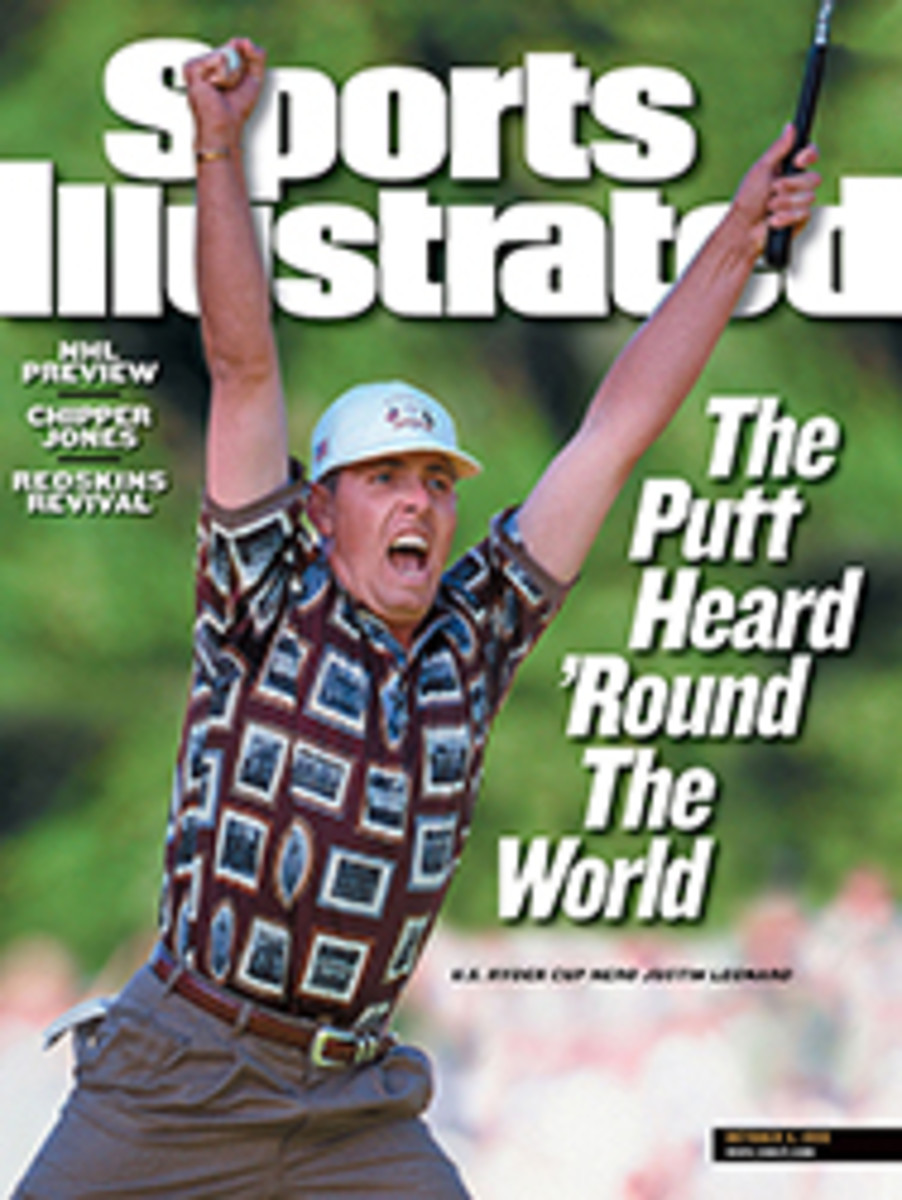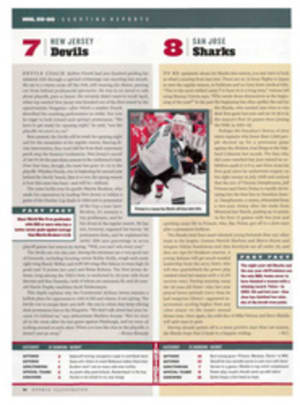
Good Riddance Few will mourn when the last baseball game is played at Candlestick Park
It is a hallowed tradition in baseball to grieve over the loss
of an old ballpark. Consider the mourning that accompanied the
demises of Ebbets Field and the Polo Grounds. Tears are being
shed over the imminent departure of Tiger Stadium, and when
Fenway Park finally passes into the Great Beyond, we may expect
all of New England to don widow's weeds. Oh, the memories, the
memories....
No such lamentations are likely when Candlestick Park closes its
gates to baseball this week. On the contrary, there should be
civic celebrations throughout the National League, especially in
Candlestick's own city, San Francisco. One envisions a funeral
comparable to the one accorded some years ago to the universally
despised despot of Columbia Pictures, Harry Cohn. When people
wondered later why such a reprobate should attract such a huge
crowd to his services, the comedian Red Skelton said, "Well, it
only proves what they always say: Give the public something they
want to see, and they'll come out for it."
Apparently no one in baseball will miss Candlestick, or 3Com
Park at Candlestick Point, as it has awkwardly been called since
a Silicon Valley high-tech outfit pumped millions into it a few
years ago. It looks no worse architecturally than Cinergy Field
or Folsom Prison, but the quixotic winds that lash the Stick
from all directions at once made it a monster.
Pat Gallagher, the Giants' supremely competent vice president,
whose duty it has been to promote the place for more than 20
years, has said that "playing at Candlestick is like playing on
the deck of the aircraft carrier Enterprise in the South China
Sea." It was Gallagher who in 1983 conceived the Croix de
Candlestick, to be awarded for service "above and beyond the
call of fandom" to patrons who survived extra-inning night games.
The general feeling since Candlestick opened on April 12,
1960--with a game attended by Richard Nixon and Ty Cobb, and won
by the Giants on a windblown triple--is that the park is better
suited for Arctic explorers Peary and Amundsen than for
ballplayers. "Until I played at Candlestick," says Ozzie Smith,
the former All-Star shortstop of the St. Louis Cardinals, "I
never realized how great Willie Mays was. My god, what would he
have done in a real ballpark?"
In the opinion of Mays's teammate Orlando Cepeda, Willie would
have had 800 career home runs if he'd played home games
someplace where there was not a wall of wind in leftfield. But
Mays played a large part of his Hall of Fame career in
Candlestick, and he mastered the elements there as no one has
since. Mays never complained about his home park. "It was the
opposing players who griped," says former Giants pitcher Stu
Miller, "and that was fine with us."
That's easy for Miller to say, since Candlestick made him a
legend. "I'd be Stu Who?" he has said, if he hadn't been, in
baseball mythology, "blown off the mound" into a critical balk
in the ninth inning of the 1961 All-Star Game, advancing two
runners in a game that the National League won in extra innings.
Actually, Miller says, "I just waved a little."
There was more than just waving minutes before the start of the
third game of the 1989 World Series when a 7.1 (on the Richter
scale of 10) earthquake rattled the rafters. Candlestick has an
unfortunate habit of saving its worst moments for exposure on
national television.
But there have also been some brilliant moments, too. Probably
the best of these was the July 2, 1963 pitchers' duel between
the Giants' Juan Marichal and the Milwaukee Braves' Warren
Spahn, won in the bottom of the 16th inning by a one-out Mays
home run. Spahn had shut the Giants out until then, and Marichal
went the distance for the 1-0 win. It boggles the mind to think
how many relief pitchers would be employed in such a game in
these days of the six-inning "quality start."
Still, there's no question that Candlestick is in a bad spot for
baseball, jutting out as it does from a prominence on the Bay
where the wind is at its fiercest and trickiest. The park is
there for the simple reason that there was no other place to put
it in '60--particularly because Horace Stoneham, the Giants'
owner at the time, had insisted that any new stadium have
parking space for 12,000 cars before he'd move his team from New
York. Ever since, Giants owners have been trying to induce the
city, or even neighboring cities, to build them a new park.
Current team president Peter Magowan took a different tack,
persuading investors, most notably Pacific Bell, to help him
finance a privately funded stadium near downtown. So next
season, beautiful Pacific Bell Park, cozier, fancier and
presumably less drafty, will open in the China Basin area.
The Giants' theme for this season's farewell to their unloved
old park, borrowed from veteran broadcaster Lon Simmons's home
run call, has been, "Tell it goodbye." But Candlestick isn't
going anywhere; the Giants are. The 49ers will continue to play
on that blasted heath until they can solidify their own plans
for a new stadium. Besides, the weather there in football season
is much balmier than in summer. That is one of the park's many
ironies: In the NFL, Candlestick is considered a warm-weather
stadium.
So don't cry for her.
B/W PHOTO: HARRY REDL Opening Day, 1960 The new ballpark drew Nixon and Cobb (above)
B/W PHOTO: JON BRENNEIS/LIFE MAGAZINE
B/W PHOTO: NEIL LEIFER Battery In '65, Marichal (27) attacked Dodgers catcher John Roseboro as teammates and fans looked on in shock.
COLOR PHOTO: HY PESKIN Natural disaster The Stick's whipping winds were less a problem for Mays (left) than for his fans. Kelly Downs (bottom) helped his nephew after the '89 earthquake.
B/W PHOTO: HARRY REDL [See caption above]
COLOR PHOTO: JOHN IACONO [See caption above]
"Playing at Candlestick is like playing on the deck of the
carrier Enterprise in the South China Sea."
"My god," says Ozzie Smith, "what would Willie Mays have done in
a real ballpark?"

